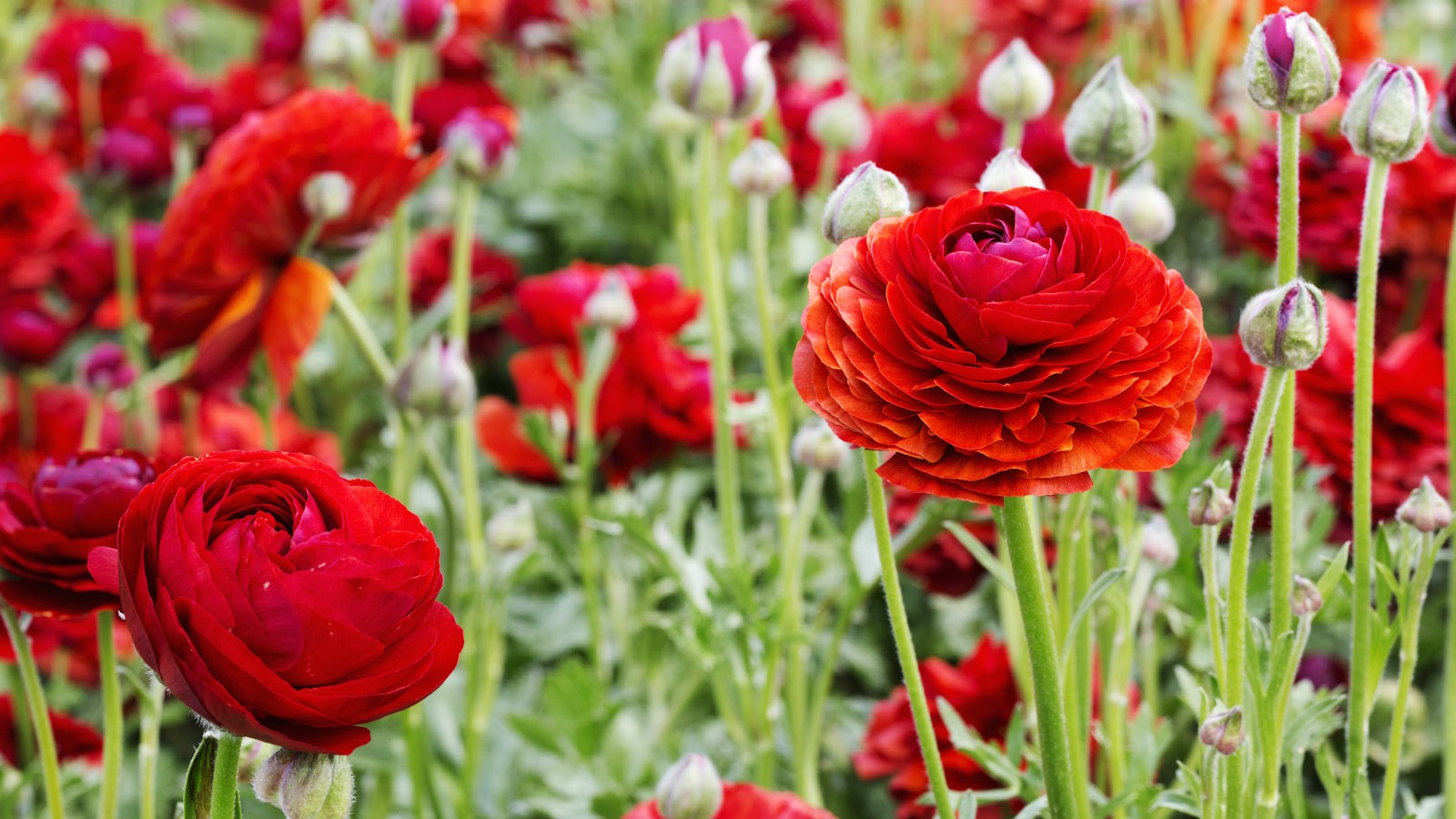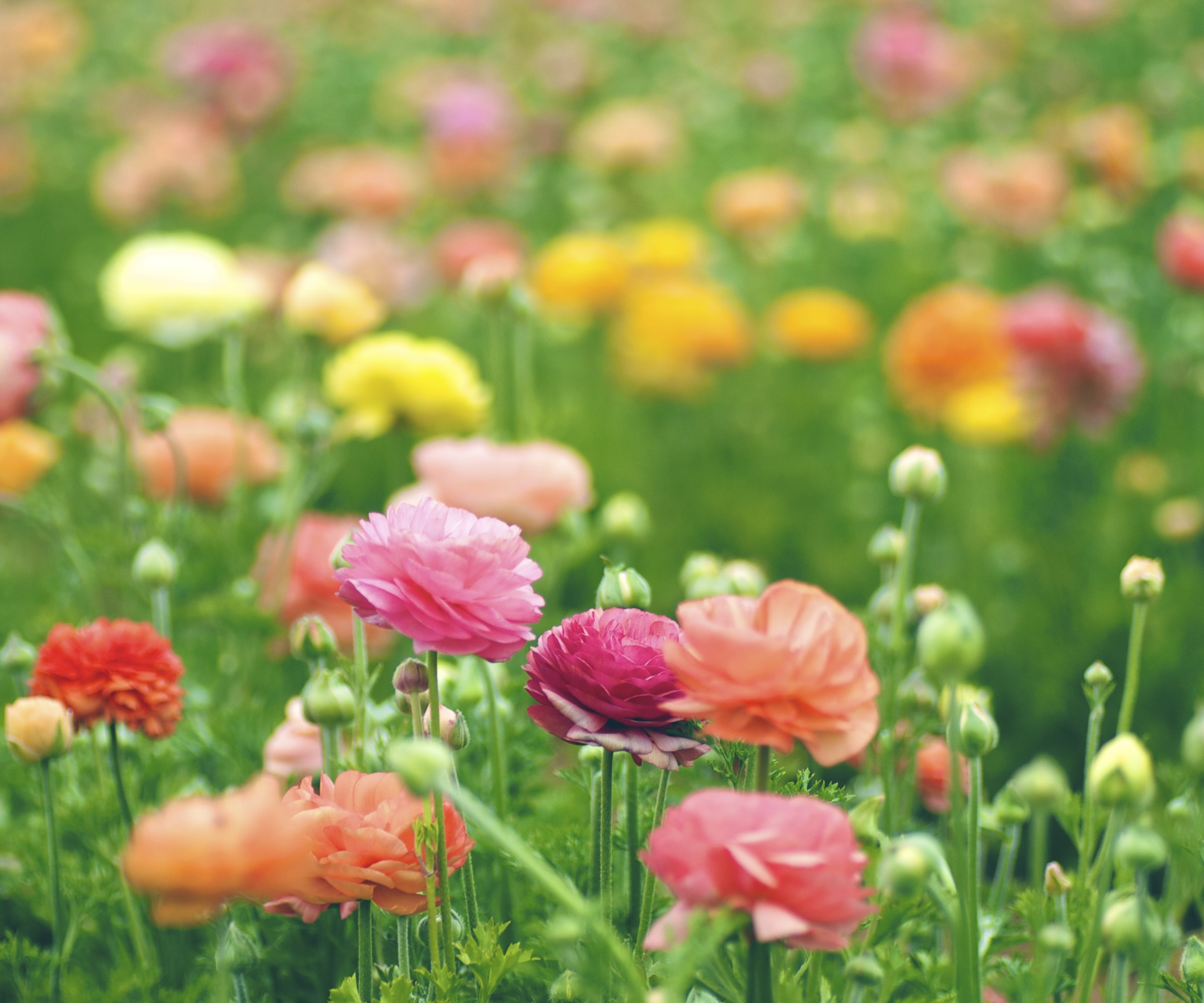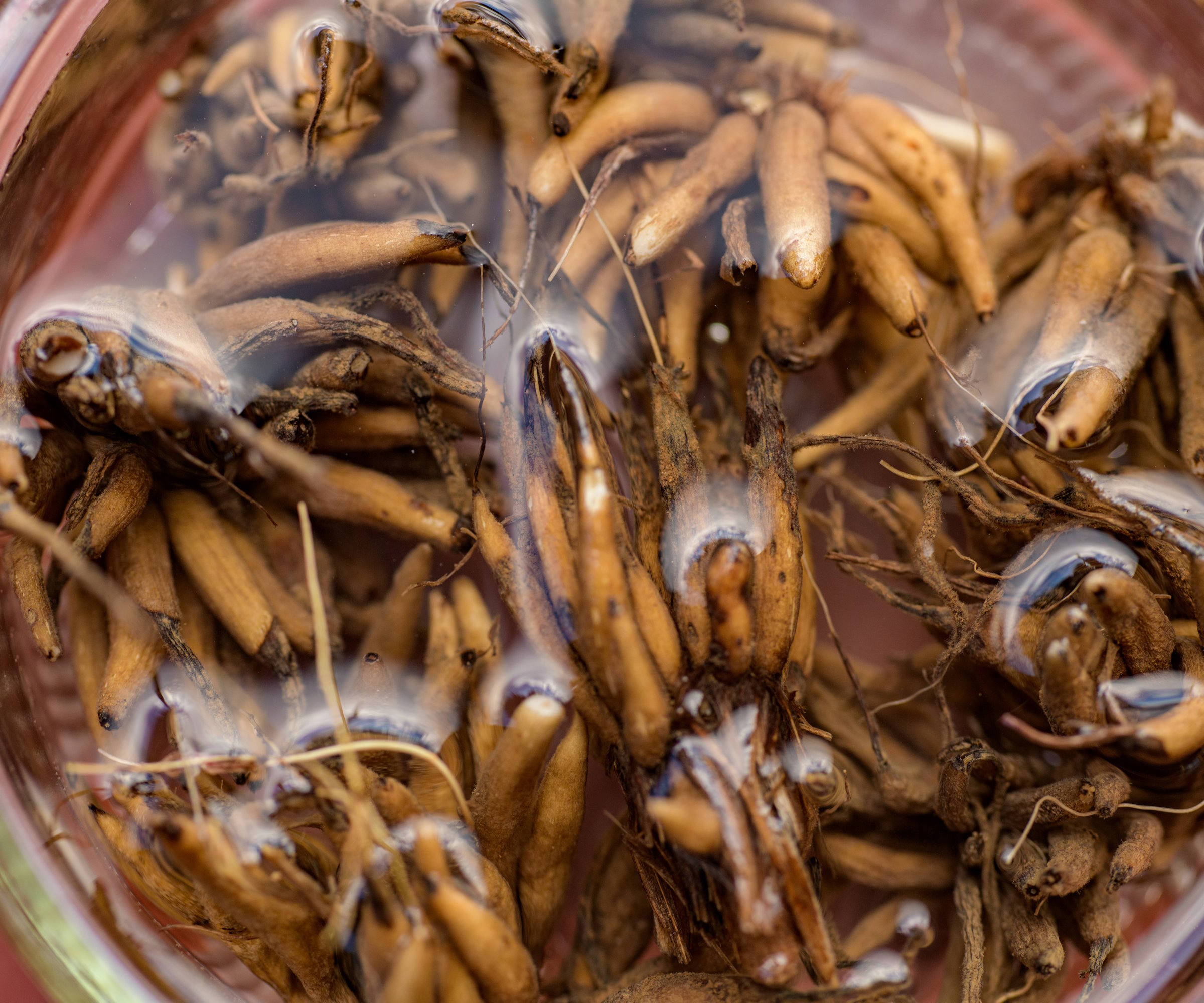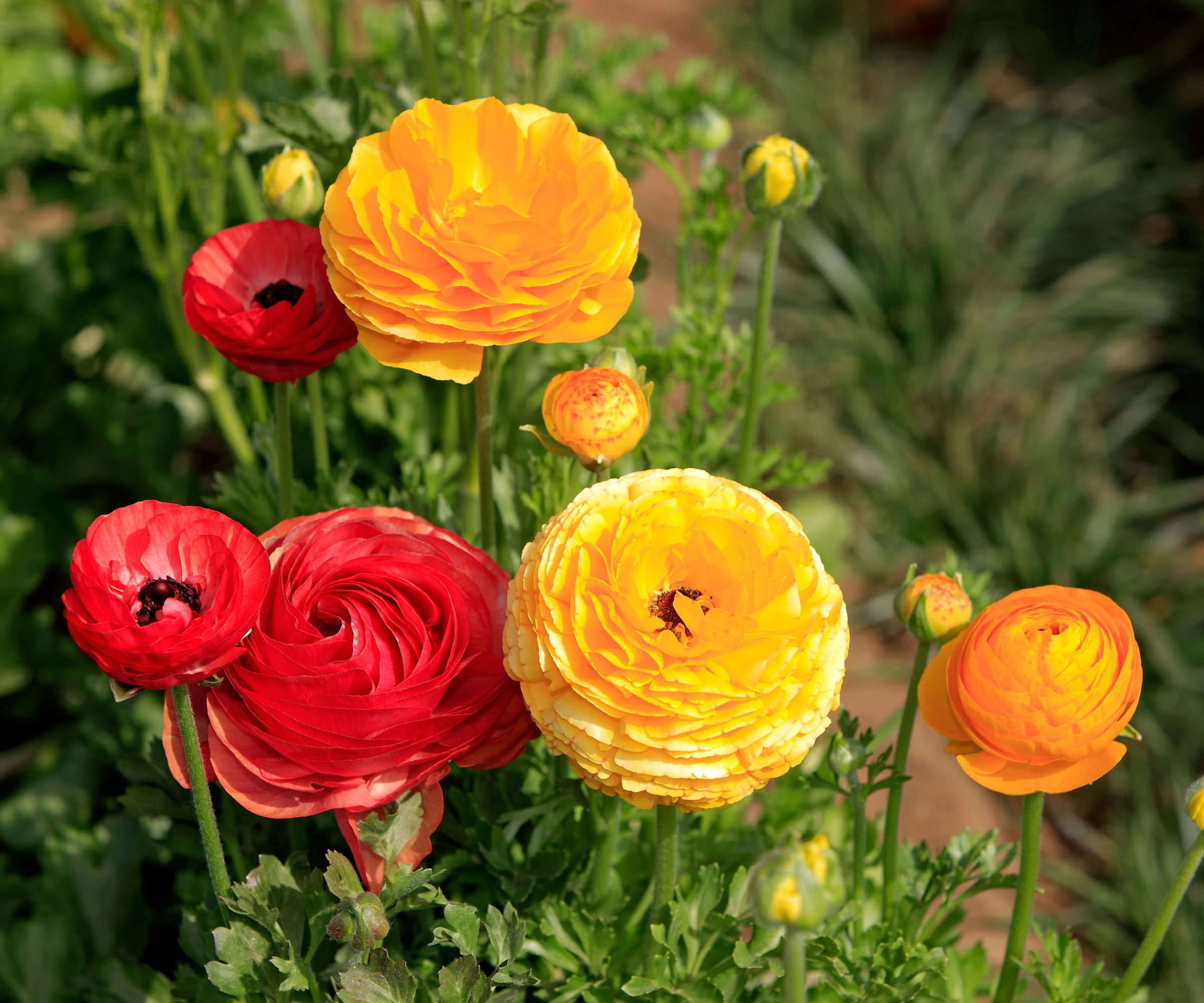
Ranunculus are fashionable flowers that bloom from spring onwards and come in a wide range of colors. While the term ranunculus covers all plants in the buttercup family, it is the type known as Persian Buttercups that are commonly referred to as ranunculus and are popular in flower beds for their bold colors and impressive blooms.
Ranunculus do have a reputation for being difficult to grow and getting the planting correct can be the first hurdle to overcome. While many bulbs are cold-hardy and can handle winter temperatures and frost, this is not the case for ranunculus bulbs.
While often referred to as miniature bulbs, ranunculus grows from small corms that look similar in shape to claws - and are even commonly called claws by growers. These corms, or claws, are ideally soaked before planting and protected from colder temperatures that can harm them.

When to plant ranunculus bulbs
The best time to plant ranunculus bulbs will depend on the climate in your US hardiness zone. Corms are not fully winter-hardy and can be killed by cold winter temperatures. Depending on your climate, ranunculus claws can be planted in either fall or spring and this will also dictate their flowering time. We take a closer look at when you can plant ranunculus bulbs in different hardiness zones.

Planting in warmer climates
Ranunculus corms are winter hardy in USDA zones 8 and above and can be planted in the fall to be spring flowering plants. When you are considering planting ranunculus to flower as spring bulbs as part of a fall gardening checklist, it is important to know your climate. The half-hardy corms are damaged when temperatures get below 25°F, they can freeze and then rot when thaw out.
If your winter climate gets down lower than that level, then consider planting in spring or be prepared to either protect plants with row covers or grow them in a greenhouse or polytunnel. You can get kits that include row covers and hoops to protect plants in winter, such as this plant cover kit available at Amazon.
There are advantages to planting ranunculus in late fall or early winter. At this time the soil is cool and moist and it provides the ideal environment for ranunculus to get off to a good start.
Tammy Sons is the CEO of TN Nursery, which grows and sells around 50,000 ranunculi every year, and she says that fall is ‘the ideal time to plant ranunculus bulbs’.
‘When you plant them in late fall, they tend to perform better as they can remain dormant and establish themselves before starting to grow in the spring,' says Tammy. 'Allowing the bulb to become established before the spring growing season can help it to thrive.’
Tammy also advises planting bulbs deep to further protect them, closer to three inches than the depth usually recommended, adding: ‘When planted at a depth of only 1-2 inches, they are more likely to be killed in winter’

Planting in colder climates
If you live in colder climates, such as USDA hardiness zones 4-7, then you have to wait until after the last frost for your area to plant ranunculus bulbs outdoors. The exact time for the last frost will vary depending on your location and ranunculus planted in late winter or early spring will flower in the summer.
Juliea Huffaker, an experienced gardener and founder of Farmhouse Harvest, says cold winters will mean the ground is cold and solid - very unsuitable conditions for planting ranunculus outside.
‘The threat of frost and prolonged freezing temperatures poses a risk to the bulbs, potentially causing damage or preventing them from growing properly, she says.
‘In these cold climates, it's crucial to wait until the threat of frost has passed and the soil has started to warm up before planting ranunculus bulbs. This typically occurs in early to mid-spring, around March or April, depending on the specific local climate conditions.’
Rather than wait for the ground to thaw in colder climates, you can start ranunculus indoors to provide them with the warmth required to thrive.
Ranunculus bulbs can be started indoors and want to grow in a cool spot, so an unheated backyard greenhouse or cold frame is ideal. Somewhere to keep the dangerous frosts away from the bulbs, but that gives them the light and warmth to help them to naturally develop.
If you are planning a greenhouse for the winter period, then it can be a way to take advantage of the protected growing environment indoors to get ranunculus blooms in spring. You may also consider planting ranunculus in a spring planter or spring window box indoors, to then move them outside once the temperatures rise.
Start ranunculus bulbs off in pots in the fall and overwinter them in the greenhouse. The plants can then be moved outdoors once the frosts have ended.
Shop the range of ranunculus bulbs available at Dutch Grown
FAQs
Do you need to soak ranunculus bulbs before planting?
It is recommended to soak the corms in room temperature water for around 3-4 hours before planting them. Avoid soaking them too long though, as they can waterlog and rot. The corms will expand in size when they are soaked and it is thought they will flower earlier than corms that are not soaked prior to planting.
Will ranunculus bloom in their first year?
Ranunculus take around three months to go from being planted to flower and they do bloom in their first year. The exact time to bloom will depend on the temperature, as well as factors such as the levels of light and water.
Ranunculus are fantastic options if you are planning a cut flower garden. They are popular choices for cutting garden flowers thanks to their long stems and impressive vase life, as they are capable of lasting for up to 10 days.







